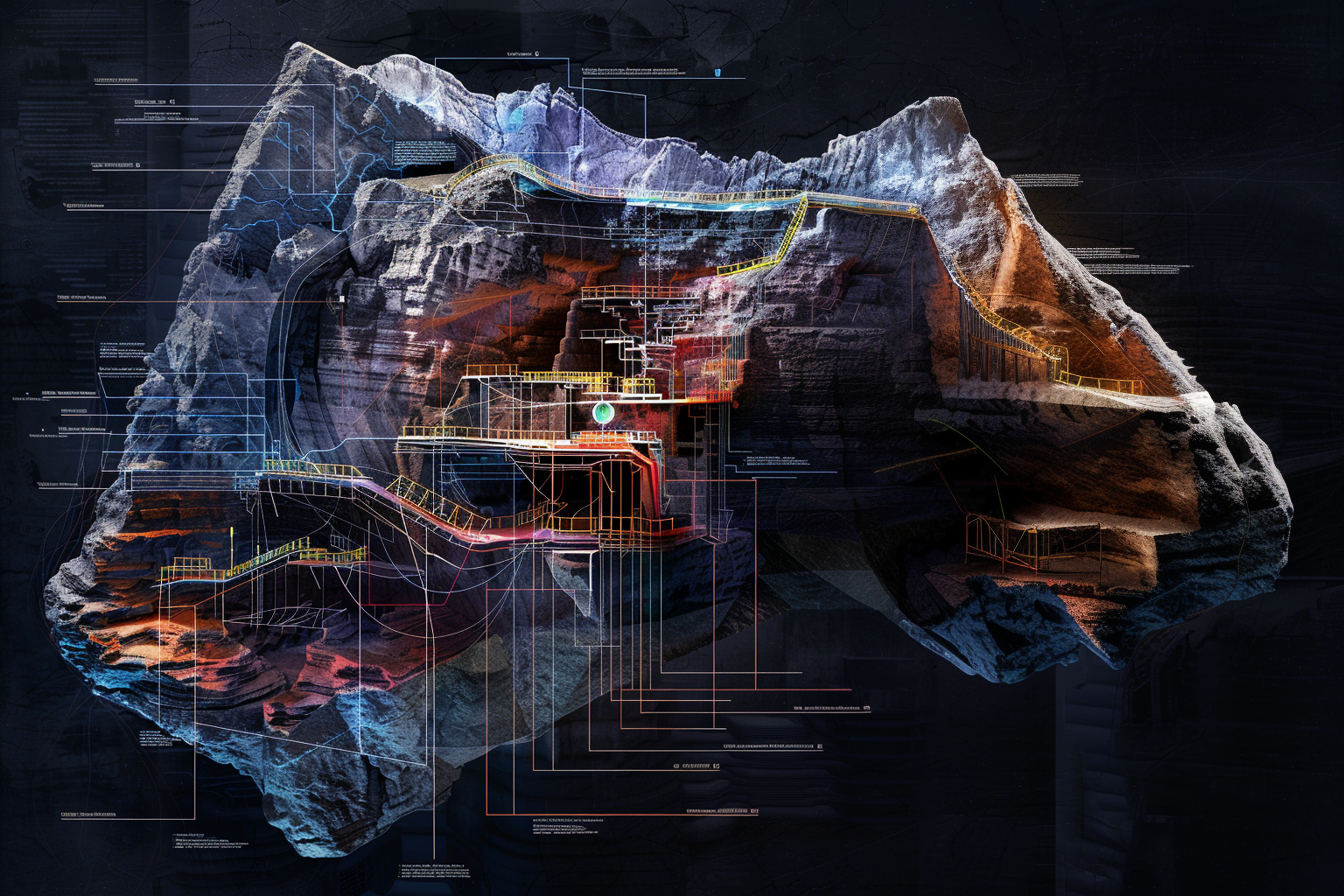Conservation at Wildlife Safari
Engineering Geology

Engineering Geology and GeoTechnical Services
Engineering Excellence from the Ground Up
Soil and Rock Testing
Soil and rock testing involves a series of laboratory and field tests to determine the engineering properties of soils and rocks. These tests include soil classification, moisture content, density, shear strength, compressibility, and permeability. For example, the Standard Penetration Test (SPT) is commonly used in the field to assess soil density and strength, while triaxial compression tests in the laboratory measure the shear strength of soil samples under controlled conditions. Accurate soil and rock testing is essential for designing foundations, slopes, and other geotechnical structures.
Foundtation Design and Analysis
Foundation design and analysis focus on creating a stable base for structures, considering factors such as soil type, load-bearing capacity, and environmental conditions. For example, shallow foundations like spread footings are suitable for low-rise buildings on strong soils, while deep foundations such as piles or drilled shafts are necessary for high-rise buildings or structures on weak soils. By conducting thorough site investigations and using advanced modeling software, geotechnical engineers ensure that foundations are designed to prevent excessive settlement, tilting, or failure.
Slope Stability Analysis and Design
Slope stability analysis and design involve evaluating the potential for slope failure and implementing measures to ensure stability. This includes analyzing factors like soil strength, slope geometry, water content, and external loads. For example, the use of software tools such as SLOPE/W can help model slope behavior and identify critical failure surfaces. Stabilization techniques may include the construction of retaining walls, installation of drainage systems to reduce pore water pressure, or reinforcement with geosynthetics. These measures are crucial for preventing landslides and ensuring the safety of infrastructure built on or near slopes.
Retaining Wall Design
Retaining wall design involves creating structures that hold back soil or rock from a downslope movement. These walls must be designed to withstand lateral earth pressures, water pressures, and other loads. Examples include gravity walls, cantilever walls, and anchored walls. Gravity walls rely on their weight to resist pressure, while cantilever walls use a reinforced concrete base. Anchored walls are used for high walls or when space is limited, using anchors drilled into the ground to provide additional support. Proper design ensures that retaining walls are stable and durable, preventing soil erosion and landslides.
Earthquake Engineering and Seismic Hazard Analysis
Earthquake engineering and seismic hazard analysis aim to design structures that can withstand seismic forces. This involves evaluating site-specific seismic hazards, including ground shaking, surface rupture, and soil liquefaction potential. For example, geotechnical engineers may use probabilistic seismic hazard analysis (PSHA) to estimate the likelihood of different levels of ground shaking. Based on these assessments, structures can be designed with features such as base isolators, flexible connections, and energy-dissipating devices to enhance earthquake resistance. This is especially important for critical infrastructure like hospitals, bridges, and high-rise buildings in seismically active regions.
Ground Improvement Techniques
Ground improvement techniques are used to enhance the properties of soil and rock to support construction projects. These techniques can include mechanical methods such as compaction and dynamic consolidation, chemical methods like grouting and soil stabilization, and the use of geosynthetics. For example, compaction grouting involves injecting a stiff grout into the ground to increase soil density and strength, making it suitable for supporting heavy structures. Soil stabilization with lime or cement can improve soil properties for road construction. Ground improvement ensures that the site is capable of bearing the intended loads, reducing settlement and enhancing stability.
Achievements
Over a thousands of super successful Projects around the World
